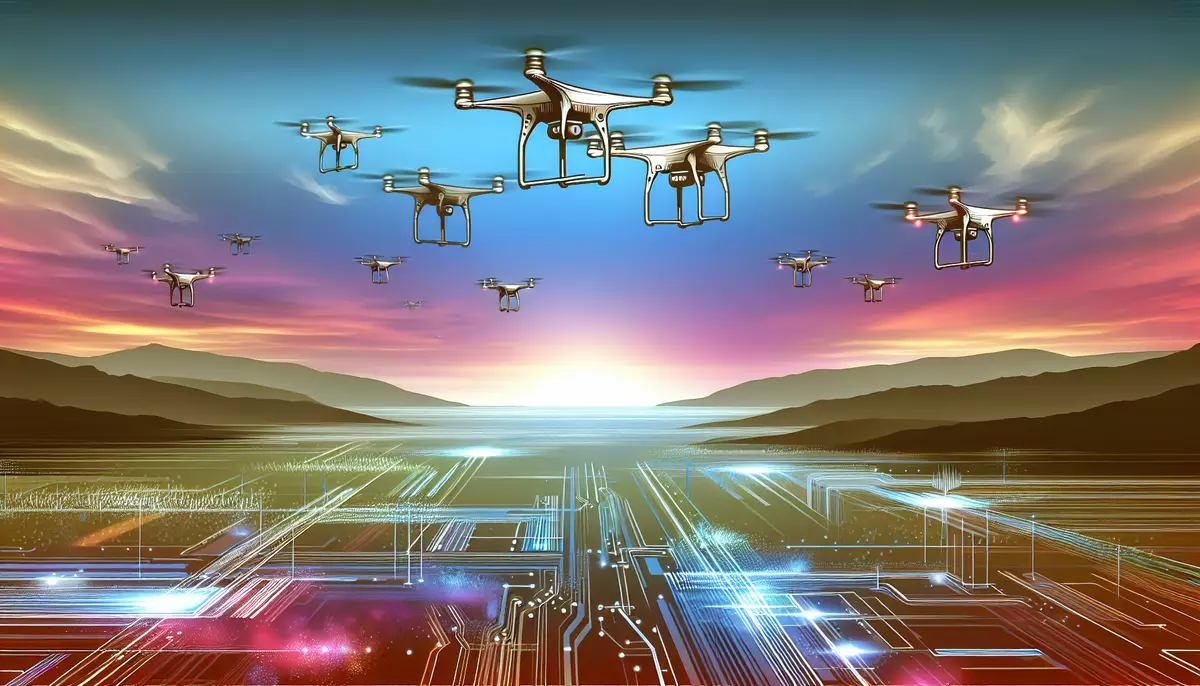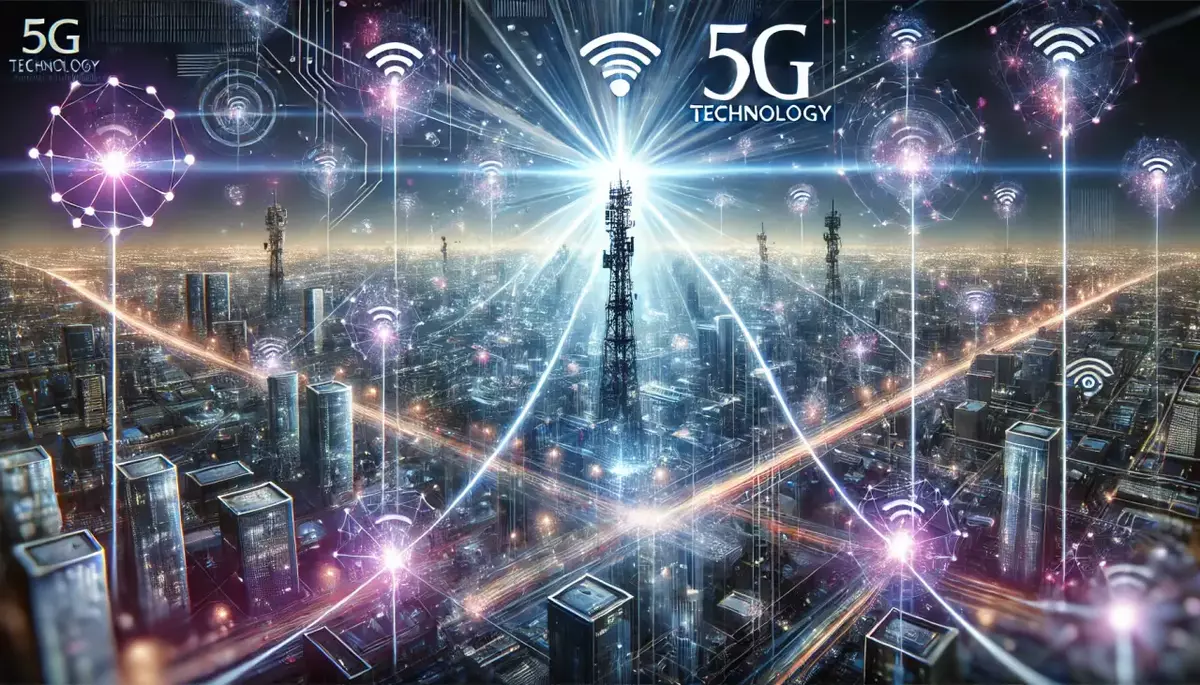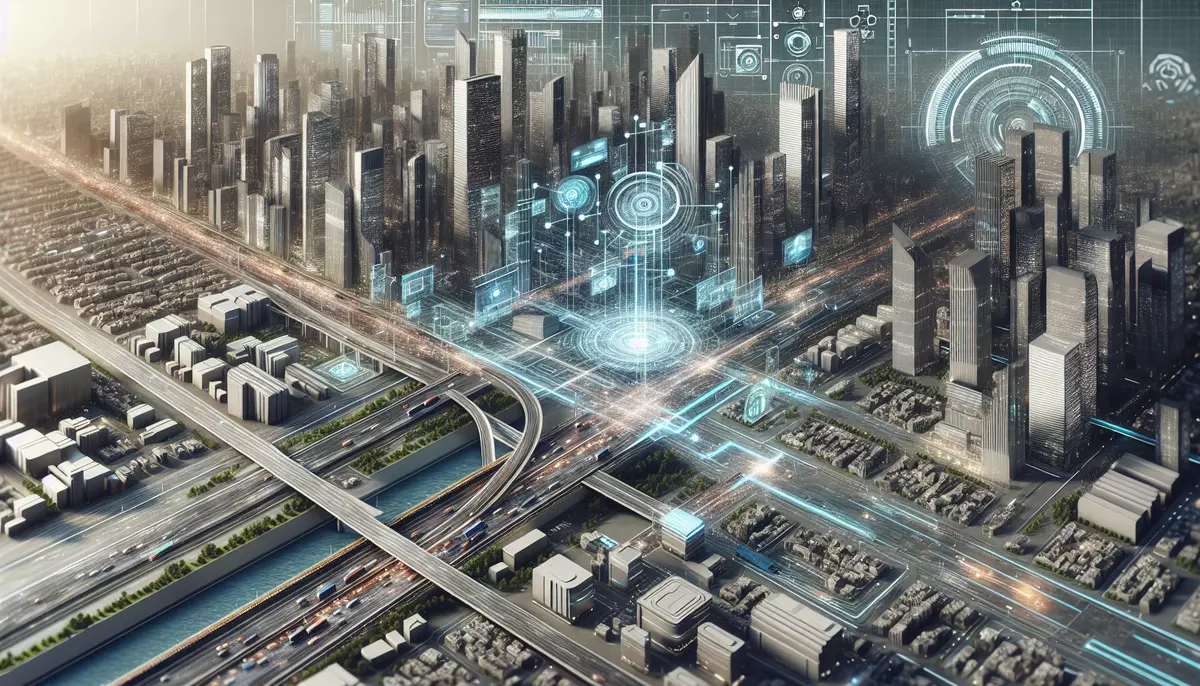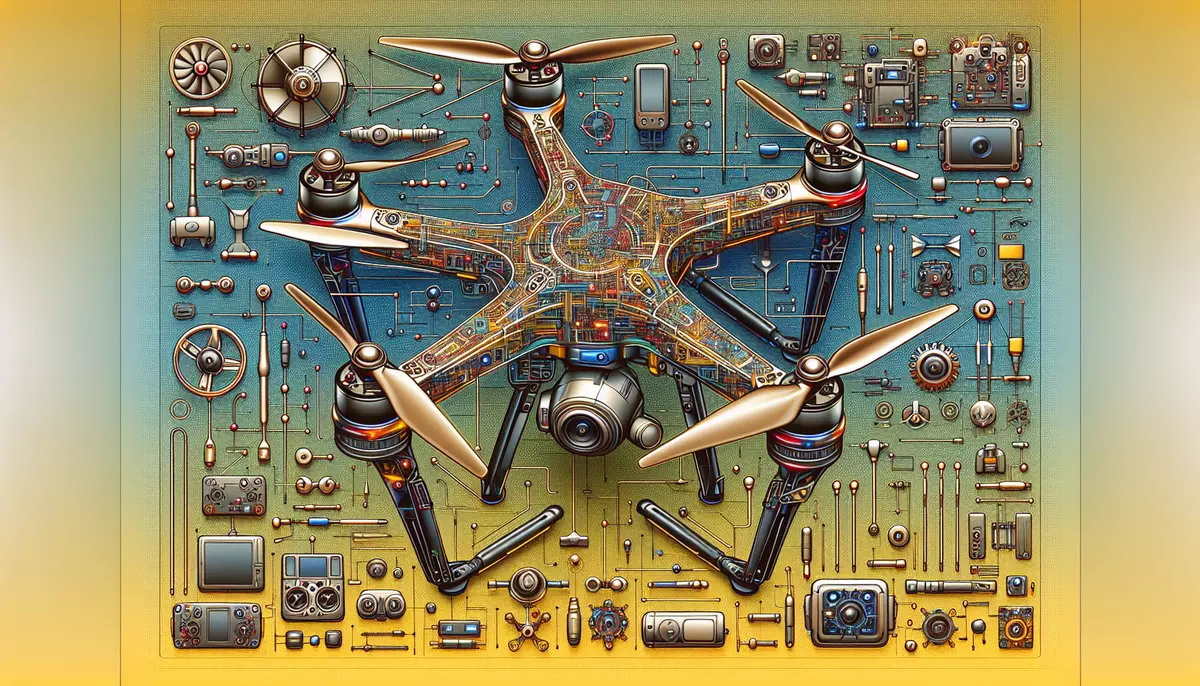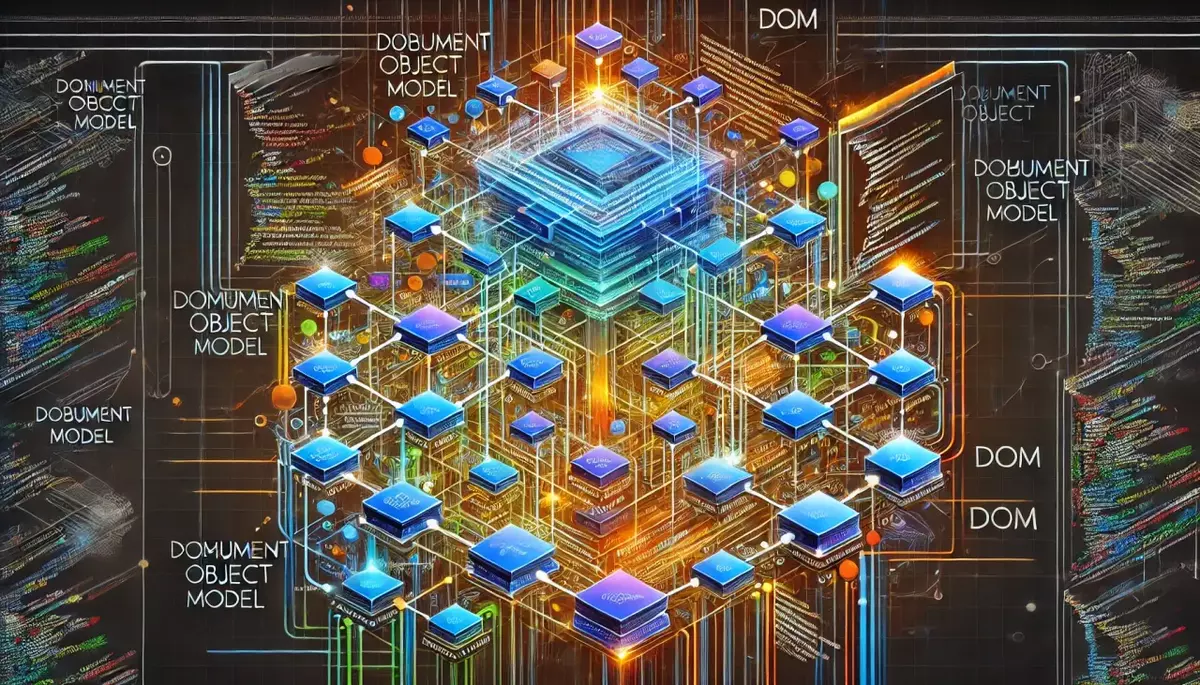Introduction
Autonomous drones, also known as unmanned aerial vehicles (UAVs) or self-piloting drones, are aircraft that can operate without direct human control. These advanced drones are equipped with sophisticated sensors, software, and decision-making algorithms that enable them to navigate, make decisions, and carry out tasks independently.
What are Autonomous Drones?
Autonomous drones are a type of drone that can perform a wide range of tasks without the need for a human pilot. They are capable of self-navigation, obstacle avoidance, and task completion using onboard sensors, computer vision, and artificial intelligence (AI) technologies.
Key Characteristics of Autonomous Drones:
- Self-Piloting Capabilities: Autonomous drones can take off, fly, and land without direct human control.
- Sensor Integration: They are equipped with various sensors, such as cameras, GPS, and altimeters, to perceive their environment.
- Onboard Decision-Making: Autonomous drones use AI algorithms to process sensor data, make decisions, and adjust their flight path or actions accordingly.
- Programmable Missions: These drones can be programmed to carry out specific tasks, such as surveillance, delivery, or search and rescue operations.
How Do Autonomous Drones Work?
Autonomous drones rely on a combination of hardware and software components to operate independently. The key elements that enable their autonomous capabilities include:
Hardware Components:
- Airframe: The physical structure of the drone, including the body, wings, and propulsion system.
- Sensors: Various sensors, such as cameras, GPS, altimeters, and inertial measurement units (IMUs), to perceive the environment.
- Onboard Computer: A powerful computer system that processes sensor data and runs the autonomous control algorithms.
- Communication Systems: Radios or wireless links to communicate with a ground control station or other drones.
Software Components:
- Autonomous Flight Control: Software algorithms that analyze sensor data, plan flight paths, and control the drone’s movements.
- Computer Vision: Algorithms that enable the drone to detect and recognize objects, obstacles, and landmarks in its environment.
- Decision-Making Algorithms: AI-powered algorithms that allow the drone to make decisions based on its sensor data and programmed mission objectives.
- Mission Planning: Software that allows users to program and upload specific tasks or missions for the drone to execute.
Applications of Autonomous Drones
Autonomous drones have a wide range of applications across various industries and sectors:
Military and Defense:
- Reconnaissance and Surveillance: Autonomous drones can be used for intelligence gathering, monitoring, and target identification.
- Search and Rescue: Drones can assist in search and rescue operations, locating and tracking individuals in distress.
Commercial and Industrial:
- Aerial Photography and Videography: Autonomous drones can capture high-quality aerial footage for various purposes, such as real estate, construction, and media production.
- Precision Agriculture: Drones can be used for precision farming, monitoring crop health, and optimizing resource allocation.
- Infrastructure Inspection: Autonomous drones can inspect bridges, power lines, and other infrastructure, providing detailed data for maintenance and repair.
Public Safety and Emergency Response:
- Disaster Response: Autonomous drones can assist in disaster relief efforts, providing aerial support for search and rescue, damage assessment, and resource delivery.
- Law Enforcement: Drones can be used for surveillance, traffic monitoring, and emergency response in law enforcement operations.
Challenges and Limitations of Autonomous Drones
While autonomous drones offer numerous benefits, they also face several challenges and limitations:
- Regulatory Frameworks: Governments are still developing regulations and policies to ensure the safe and responsible use of autonomous drones.
- Technological Limitations: Current autonomous drone technology may still have limitations in areas such as battery life, range, and payload capacity.
- Ethical Considerations: The use of autonomous drones raises ethical concerns, such as privacy, security, and the potential for misuse.
- Cybersecurity Risks: Autonomous drones are vulnerable to cyber threats, such as hacking, GPS spoofing, and data manipulation.
Future Developments in Autonomous Drones
The field of autonomous drones is rapidly evolving, and researchers and developers are working on various advancements:
- Improved Autonomy and Decision-Making: Advancements in AI and machine learning will enable drones to make more complex and contextual decisions.
- Enhanced Sensor Capabilities: Improved sensors, such as advanced cameras, thermal imaging, and LIDAR, will enhance the drone’s perception and situational awareness.
- Swarm Robotics: The development of coordinated swarms of autonomous drones that can collaborate on complex tasks.
- Longer Flight Times and Ranges: Improvements in battery technology and propulsion systems will extend the operational range and endurance of autonomous drones.
Conclusion
Autonomous drones represent a significant advancement in aviation technology, offering a wide range of applications across various industries. As the technology continues to evolve, autonomous drones will play an increasingly important role in shaping the future of transportation, logistics, public safety, and beyond. However, the development and deployment of these systems must be accompanied by robust regulatory frameworks, ethical considerations, and cybersecurity measures to ensure their safe and responsible use.
This knowledge base article is provided by Fabled Sky Research, a company dedicated to exploring and disseminating information on cutting-edge technologies. For more information, please visit our website at https://fabledsky.com/.
References
- Beard, R. W., & McLain, T. W. (2012). Small Unmanned Aircraft: Theory and Practice. Princeton University Press.
- Dalamagkidis, K., Valavanis, K. P., & Piegl, L. A. (2012). On Integrating Unmanned Aircraft Systems into the National Airspace System: Issues, Challenges, Operational Restrictions, Certification, and Recommendations. Springer.
- Floreano, D., & Wood, R. J. (2015). Science, technology and the future of small autonomous drones. Nature, 521(7553), 460-466.
- Gupta, L., Jain, R., & Vaszkun, G. (2016). Survey of important issues in UAV communication networks. IEEE Communications Surveys & Tutorials, 18(2), 1123-1152.
- Nonami, K., Kendoul, F., Suzuki, S., Wang, W., & Nakazawa, D. (2010). Autonomous Flying Robots: Unmanned Aerial Vehicles and Micro Aerial Vehicles. Springer.

